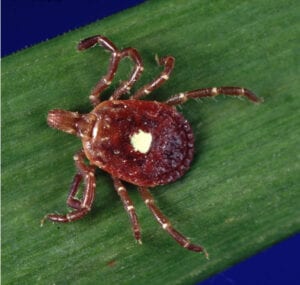Alpha-gal Syndrome
What is alpha-gal syndrome?
Alpha-gal syndrome is a rare type of food allergy to red meat and other products from mammals. It was recently discovered, and medical professionals believe that it may be the reason for inexplicable anaphylactic reactions.
What are the symptoms of alpha-gal syndrome?
The symptoms of this condition appear anywhere from three to six hours after being exposed to a trigger, such as red meat. Dairy products and gelatin often cause reactions as well, with symptoms including:
- Sneezing
- Runny nose
- Headaches
- Eczema
- Wheezing
- Shortness of breath
- Swelling of the face, lips, and other body parts
- Anaphylaxis
- Stomach pain
- Vomiting
- Diarrhea
- Nausea
What causes alpha-gal syndrome?
Ticks spread this condition, and the Lone Star tick is the most common culprit in the United States. A bite from an infected tick injects alpha-gal into the body, a type of sugar molecule. This molecule goes on to trigger an immune reaction, causing the characteristic allergy and symptoms.
How is alpha-gal syndrome diagnosed?
Doctors will first ask about your medical history and possible exposure to ticks. This may be followed by a physical exam and other tests, such as blood tests and skin tests.
What are the treatments for alpha-gal syndrome?
Treatment consists of avoiding foods that trigger an allergic reaction. Make sure that you’re aware of what products do so and be sure to avoid them in all instances. If an allergic reaction does occur, it may require emergency treatment with epinephrine.
In some cases, symptoms lessen or disappear completely if a person is never bitten by an infected tick again. Because of this, make sure to protect yourself from ticks. Preventing tick bites is also the best way to prevent alpha-gal syndrome entirely.
Where can I find out more about alpha-gal syndrome?
Alpha-gal Syndrome Articles

Alpha-Gal Syndrome: A Tick Bite That Makes You Allergic to Red Meat

Clinical Practice Update Encourages Understanding of GI Symptoms Relating to Alpha-Gal Syndrome



It’s Tick Season. Here’s What You Should Know About The Diseases They Carry







